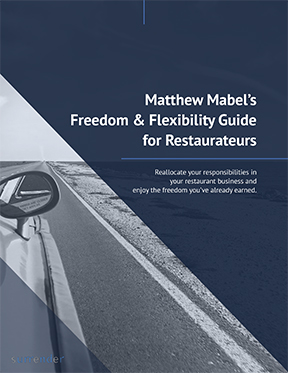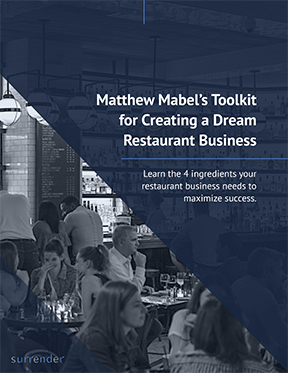
Welcome to an inflationary time, where cash on hand not put to work becomes a depreciating asset.
Back when the pandemic started, my first and most important question to all the operators I helped was: What is cash?
At that horrible and scary time, instant clarity told me cash on hand would be the single most determining factor of pandemic survival.
And now that we exist at the end of the restaurant crisis portion of the pandemic, you must look at cash again – but now through both what you have learned and the lens of inflation.
How Much Do You Need?
Many of the successful independent multi-unit restaurant companies I work with are sitting on more cash than ever before.
They are the heroes who managed their businesses optimally during the crisis and also received PPP, ERTC, and even RRF and some local grants.
One of them told me, “For the first time in my life-long career, I do not have to worry about cash.”
Some work to figure out how to redeploy their windfall RRF money so they don’t have to give it back.
Smart operators, their CFOs, financial advisors, and CPAs (and consultants) look at this issue and establish their businesses’ wise and essential levels of cash reserve.
We do this in light of recent history, where the restaurant industry’s horror show came true as the government shut down dining rooms.
How Much Is Too Much?
Can there be a 100-year flood more often than every 100 years? Absolutely.
My friends and clients in Houston know about that. They experienced 500-year floods three years in a row in the past decade (think Hurricane Harvey).
So smart operators establish their proper cash reserve. Their next question? What do we do with any excess?
You Must Put It to Work
Remember: In an inflationary time, cash on hand acts like a depreciating asset. So be smart, solicit advice from your financial and business team, and put a comfortable portion of the excess to work.
- Increase your unit count.
- Reinvest in existing units to make them more attractive and efficient.
- Build your corporate team to drive increased results.
- Acquire technology that will provide greater and faster information or lower your need for labor.
- Test new initiatives in to-go, delivery, ghost kitchens, and catering.
Back in the day – when the stock market tanked – my financial planner pointed to the amount of my portfolio in cash and remarked, “Cash never had a bad day.”
At the time, inflation was low.
Over to you. With all you have learned in the past two years, have you established an amount necessary for your cash reserve and also how to activate results from funds in excess of that amount?

What’s the point of owning a successful restaurant business if you don’t have freedom?
Download Matthew Mabel's Freedom and Flexibility Guide for Restaurateurs to learn how to...
- Step away for extended periods of time
- Contribute to your community in a unique way
- Spend more time with friends and family
- Travel for weeks at a time
- Split your residence at a vacation home for several months a year

Want to grow your restaurant company past 3 units?
10 units?
20 units?
Enter your email address below to get our newsletter and the free guide to pushing through expansion barriers and mastering unit growth.

What would you rather own?
A good restaurant company?
Or one of the best restaurant companies in the world?
Enter your email address below to get our newsletter and the free toolkit to learn the 4 ingredients your restaurant business needs to maximize success.

Want to get the most enjoyment from the success you’ve worked so hard for?
Want to maximize your net worth in addition to your lifestyle?
Enter your email address below to get our newsletter and the free guide to learn how to bring experienced senior management into your company.
